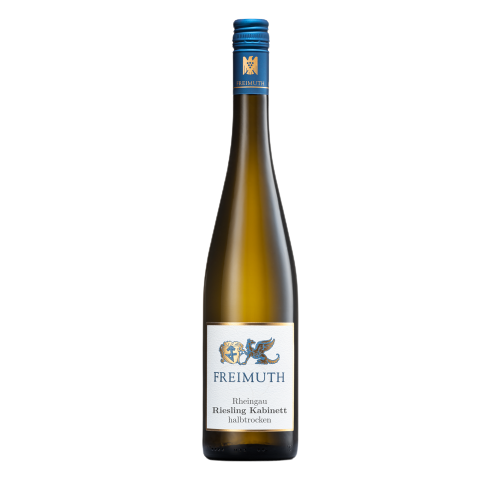DeSaudade is a Portuguese word that is difficult to translate. It is a frame of mind that involves yearning, melancholy, homesickness & wanderlust. It is acknowledged to be one of the most beautiful words in the world. The wine, for which this name was chosen, is a tribute to Portugal and to its most famous wines: the Ports.
In the extremely hot and dry summer of 2017, we harvested highly ripe and carefully selected Blaufränkisch grapes by hand. For about five days, the must macerated intensely but gently, trodden by foot. Then natural fermentation (we do not use cultured yeast, but autochthonous yeasts exclusively) started. We observed the development of the fermentation, and when the residual sugar content arrived at the desired degree of sweetness, we pressed the grapes gently in a small wooden basket press. The wine flowing out was immediately blended with brandy, which the top Austrian distiller Hans Reisetbauer had made from our own white wine. This addition of brandy prevents the yeasts from fermenting the remaining sugar in the wine any further. The wine remains sweet, while at the same time the alcohol rises to about 20%. The production is 2.000 bottles.
The current edition (bottled 2018) is a blend of 2016 and 2017. The part of 2016 is responsible for spicyness and minerality, while the 2017 delivers fruity aromatics.
Land: Østrig
Region: Carnuntum
Appellation: Spitzerberg
Druesort: 100% Blaufränkisch
Alkohol: 20%
Vintype: Dessertvin
Indhold: 50 cl.
Spitzerberg
One can perhaps picture the Spitzerberg as a reef, with the primeval ocean breaking upon its rocks for millions of years. Because of this, the Spitzerberg is covered with a thick layer of limestone, which comes from the ‘middle ages’ of geology. The sandy ground retains little in the way of water, and the mount – some 300 meters in elevation – always lies open to strong winds and high temperatures; there is no mistaking the expressive nature of grapes grown on the Spitzerberg. The extreme conditions yield marvelously aromatic wines with complexity and depth, finely woven filigreed texture and a refreshing framework of acidity.

The Spitzerberg is an approximately 5km-long & 300-metre-high limestone bar in easternmost Carnuntum. It is situated, extremely exposed to the wind, between the Alps (Leitha Range) and the Carpathians (Hainburg Hills). Thanks to the constantly breaking surf of the primeval sea that once covered the area, a thick layer of limestone was deposited on the hillside, which eroded over time to the size of grains of sand. Rainfall on the Spitzerberg amounts to only about 400mm per year, and the summer temperatures often reach 35–40°C. The sandy limestone soil can only store precious little water. This leads to very low yields at harvest, a maximum of 3000kg of grapes per hectare.




























